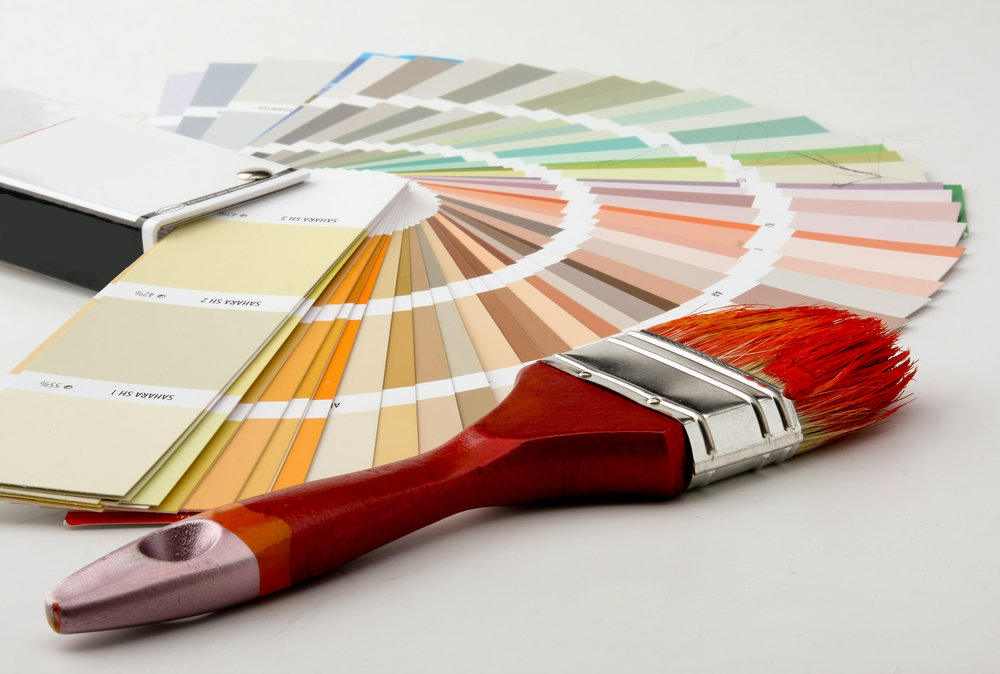By Max Mervis
Changing the exterior color of your home is a great way to update its style. If you’re considering selling, or if you’ve recently purchased an older home in need of repainting, the process of choosing just the right color combination can be frustrating. To make the process simpler, the following are just a few tips to help you make the right decision:
How Many Colors You Should Use
Depending on the style of the home, typically you’ll want to stick to no more than 3 colors – body, trim and accent. The colors shouldn’t be drastically different from one another, maintaining only a slight change of hue to avoid a choppy or disconnected look. Avoid forcing any additional colors if you lack natural breaks such as wooden trim or exterior moldings.
Trim Color
The eye is naturally attracted to the lightest color in a paint combination and as trim adds architectural interest, these are the areas you will want to highlight. Generally you’ll want to keep all of the trim the same, including window frames and muntins (grids). However, if you have soffits, brackets or larger eaves, you may want to take the trim color down a shade or two to add subtle softness and architectural interest without being distracting. Avoid bright whites on any of the trim as due to the stark contrast between the trim and body, it can make your home appear smaller. Opt for warmer whites that contain a hint of the body color for a smoother, more polished look.
Body Color
Due to the many different architectural styles we see in the Venice area, choosing the main color for your home is subjective at best. Nevertheless, a basic guideline is to start with the style of the home. If you have one of the many Craftsman or Pre-War homes we have in the area, the more organic the tone, the better. Originally warm greens, browns, soft blues and even dirty reds were widely used and are historically correct. Warm and subtle colors are best for these homes, with a soft variation for the trim. For simpler, postwar homes with little detail, keep it simple to create the illusion of a larger home – cool grey, neutral off white and even khaki beige anchors your home to the property and adds stateliness.
The Garage Door
If the garage door is a central part of the home and/or faces the street, this is the one architectural feature in most cases you do not want to emphasize by painting it the trim color. It can throw off the overall balance of your home and appear as a ‘white elephant’ taking emphasis off the house itself. To blend it in, choose colors that are the same as the body, or a slightly lighter or darker tone to add a slight contrast without making the garage door the main feature of your curb appeal.



